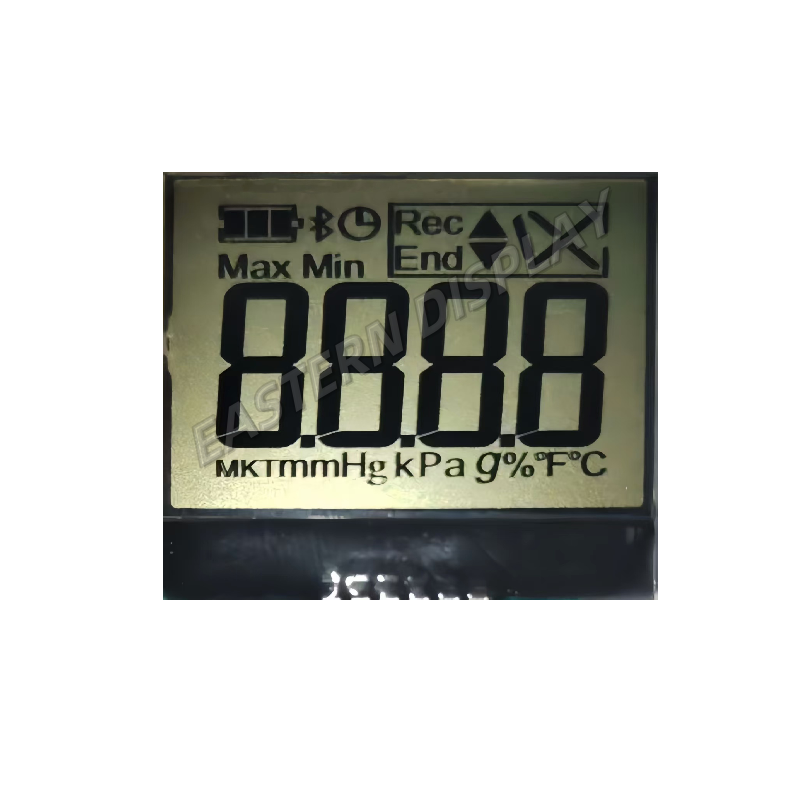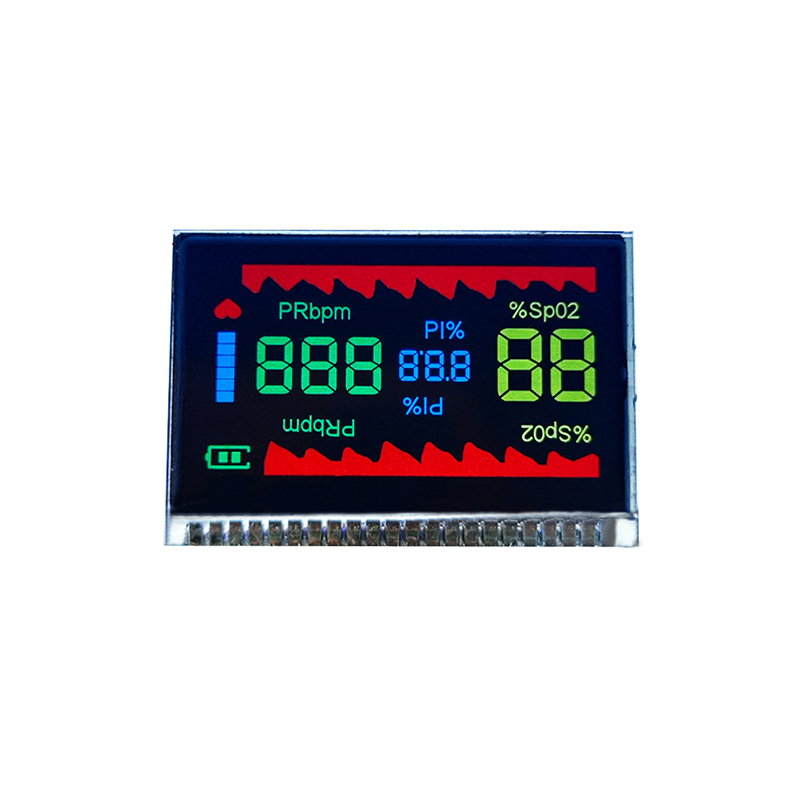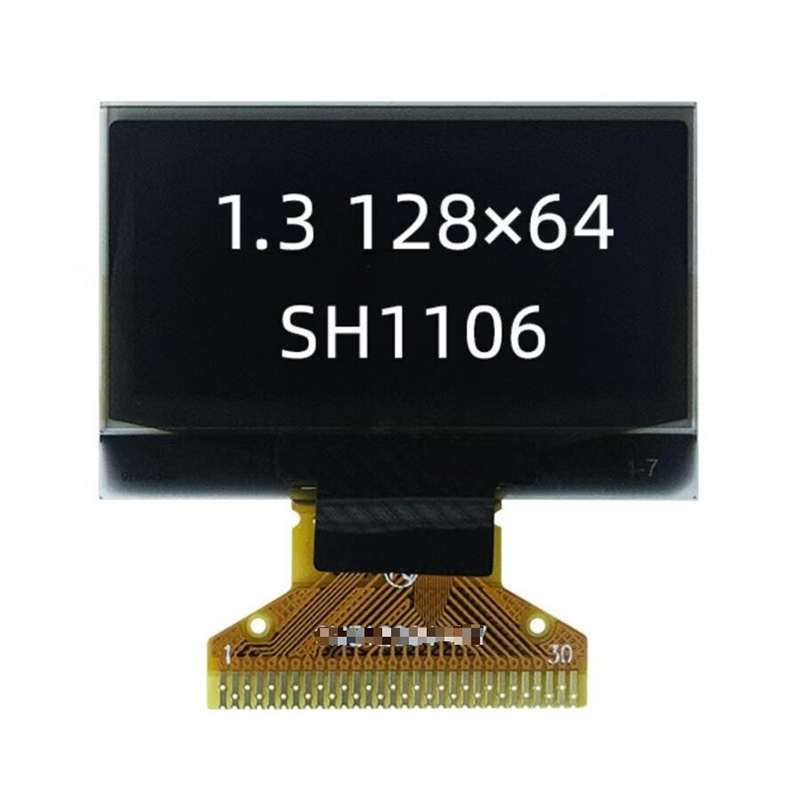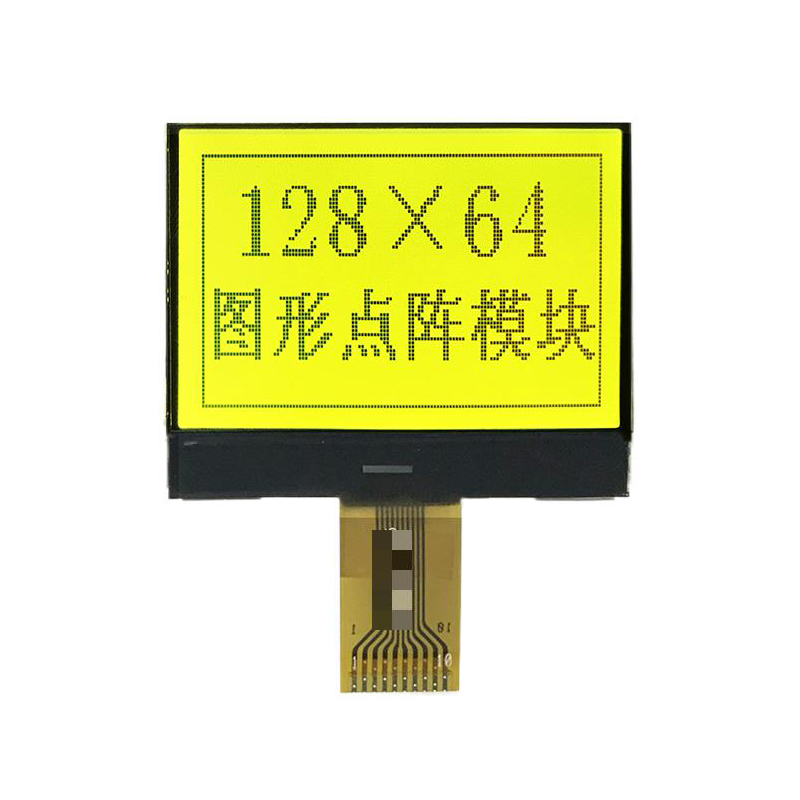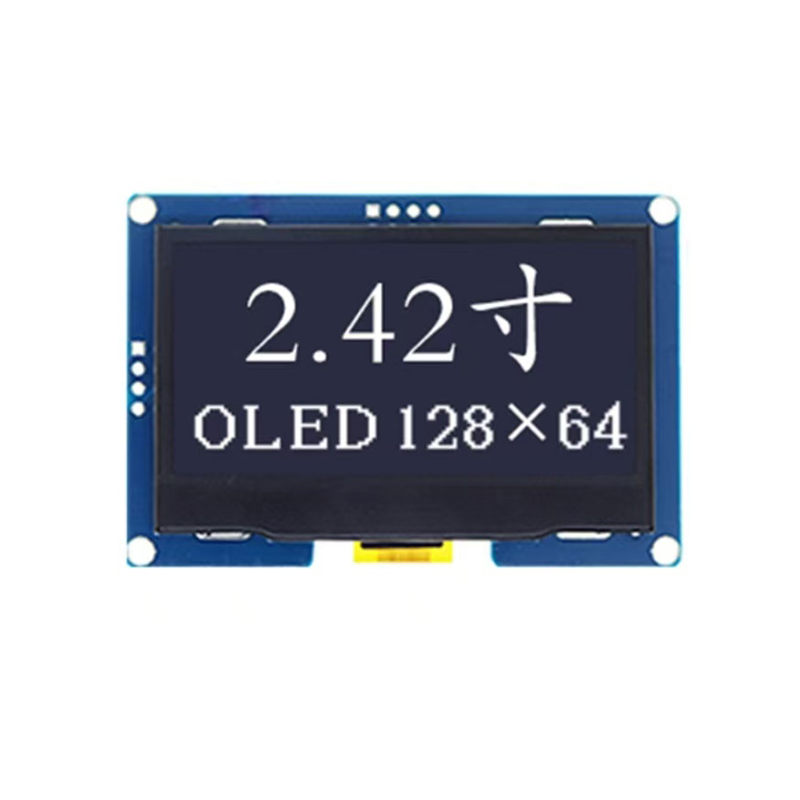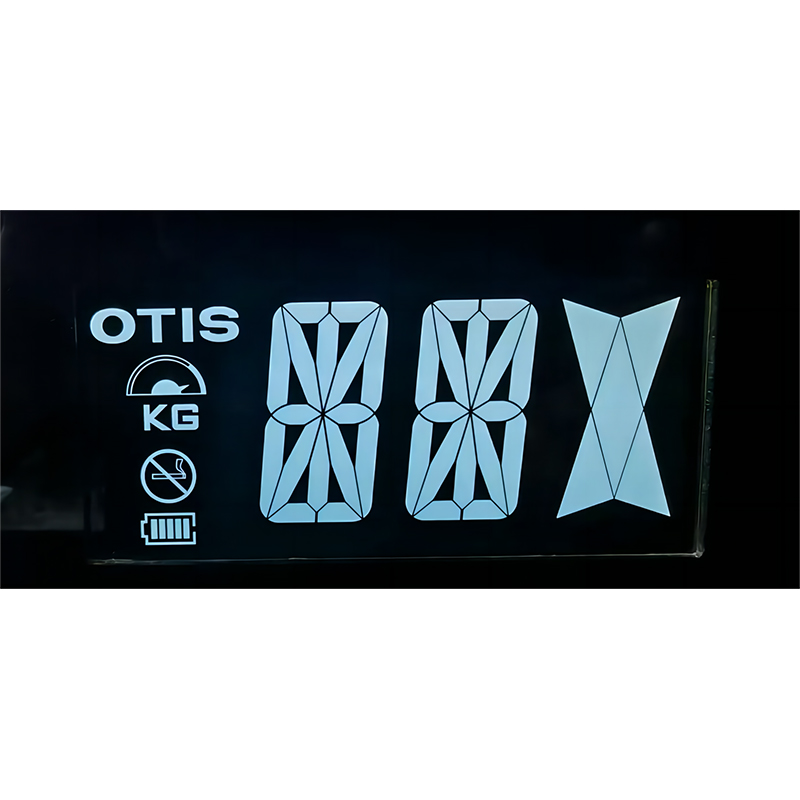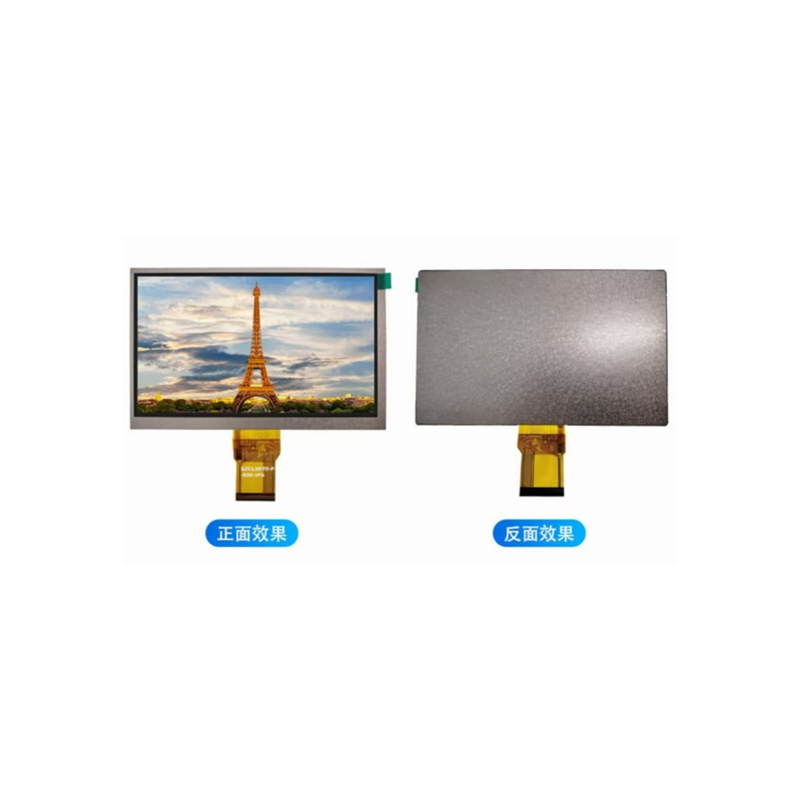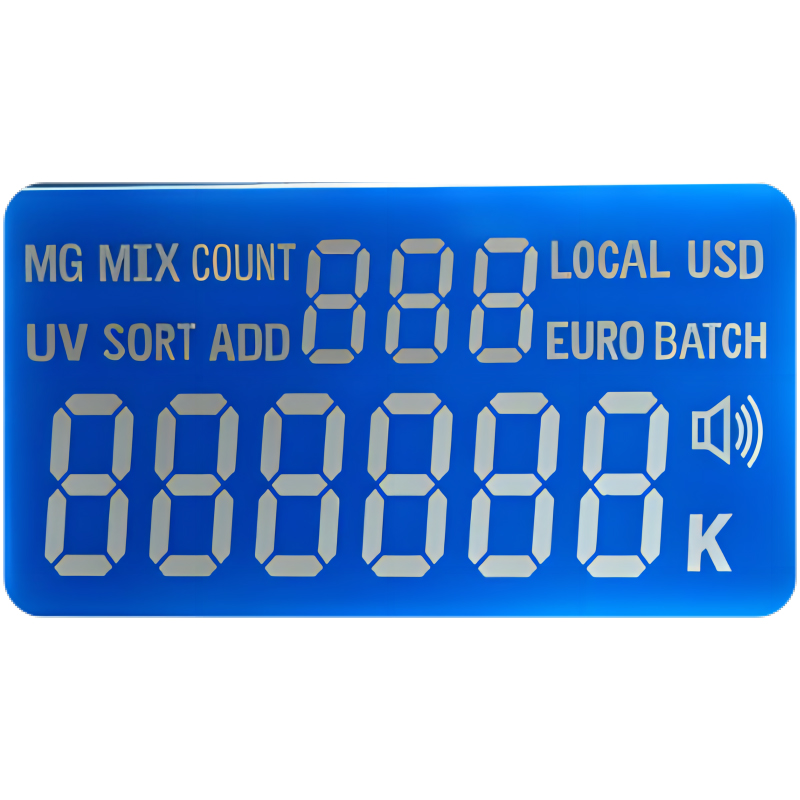Flip Dot Matrix Displays: A Comprehensive GuideFlip dot matrix displays are a fascinating technology with a rich history and a surprising resurgence in popularity. This guide explores everything you need to know about flip dot matrix displays, from their inner workings to their applications and future potential. We'll cover their advantages and disadvantages, explore various types and sizes, and delve into practical considerations for implementation.
Understanding Flip Dot Matrix Displays
A
flip dot matrix display is a type of display technology that uses a matrix of small, individual dots that can be flipped to either show a black or white color. Each dot is controlled individually, allowing for the creation of complex images, text, and animations. Unlike LCD or LED displays, these displays offer a unique tactile and visual appeal, reminiscent of retro technology. They are known for their robust construction, long lifespan, and distinctive visual aesthetic. The dots themselves are typically small, cylindrical flaps that are flipped using a small electromagnet. This mechanism produces a slightly three-dimensional appearance, adding to their charm.
The Mechanics of a Flip Dot Display
The core of a
flip dot matrix display lies in its individual dots. Each dot consists of a small, two-toned flap (often black and white) that's flipped to show either one color or the other. This flipping is controlled by an electromagnet situated behind the flap. By precisely controlling the electromagnets, the display can create any combination of black and white pixels, enabling complex visual representations. The display's overall size and resolution are determined by the number of these individual dots arranged in a grid pattern.
Types and Applications of Flip Dot Matrix Displays
Flip dot matrix displays come in various sizes and configurations, catering to a range of applications. From small, custom-designed displays to large, public-facing installations, the technology's versatility is impressive.
Different Sizes and Configurations
You can find
flip dot matrix displays ranging from small, single-line displays ideal for simple indicators to large, multi-panel systems capable of displaying complex graphics and animations. The size and configuration depend greatly on the specific application and the desired level of detail.
Applications across Various Industries
Flip dot matrix displays are increasingly used in diverse sectors: Transportation: Departure boards at train stations and airports. Public Information: Real-time information displays in public spaces. Gaming: Retro-styled arcade games and other novelty items. Art Installations: Unique displays showcasing artistic creations. Industrial Control Panels: Providing clear, visible indications.Many companies, like Dalian Eastern Display Co., Ltd. (
https://www.ed-lcd.com/), specialize in designing and manufacturing custom
flip dot matrix displays.
Advantages and Disadvantages of Flip Dot Matrix Displays
Like any technology,
flip dot matrix displays have both advantages and disadvantages. Understanding these trade-offs is crucial when deciding if this technology is suitable for your specific needs.
Advantages:
Unique Visual Appeal: The distinctive, slightly three-dimensional appearance is captivating. Durability and Longevity: These displays are built to last and can withstand harsh environments. Low Power Consumption: Relatively low power requirements make them energy efficient. High Contrast Ratio: Provides excellent visibility even in bright light.
Disadvantages:
Limited Color Palette: Typically only displays two colors (black and white). Lower Refresh Rate: Compared to modern displays, they have a lower refresh rate. Higher Manufacturing Costs: Generally more expensive to produce than other display technologies.
Choosing the Right Flip Dot Matrix Display
Selecting the correct
flip dot matrix display for your project requires considering several factors.
Key Considerations for Implementation
When choosing a
flip dot matrix display, consider the following: Desired Size and Resolution: Determine the appropriate dimensions and dot density for your application. Power Requirements: Assess the power supply needs and potential energy efficiency. Environmental Factors: Account for factors like temperature, humidity, and potential impact. Control Interface: Consider how the display will be controlled (e.g., software, hardware).
| Feature | Flip Dot Matrix | LED Display |
| Color Options | Typically Black and White | Full Color |
| Durability | High | Moderate to High (depending on type) |
| Power Consumption | Low | Moderate to High |
| Cost | Higher | Lower |
The Future of Flip Dot Matrix Displays
Despite the emergence of newer display technologies, the unique qualities of
flip dot matrix displays ensure their continued relevance. Their retro aesthetic, durability, and energy efficiency contribute to a growing resurgence of interest, particularly in niche applications and creative projects. We can expect to see continued innovation in this space, pushing the boundaries of what's possible with this fascinating technology. Advances in control systems and manufacturing techniques may lead to more cost-effective and versatile
flip dot matrix displays in the future.



